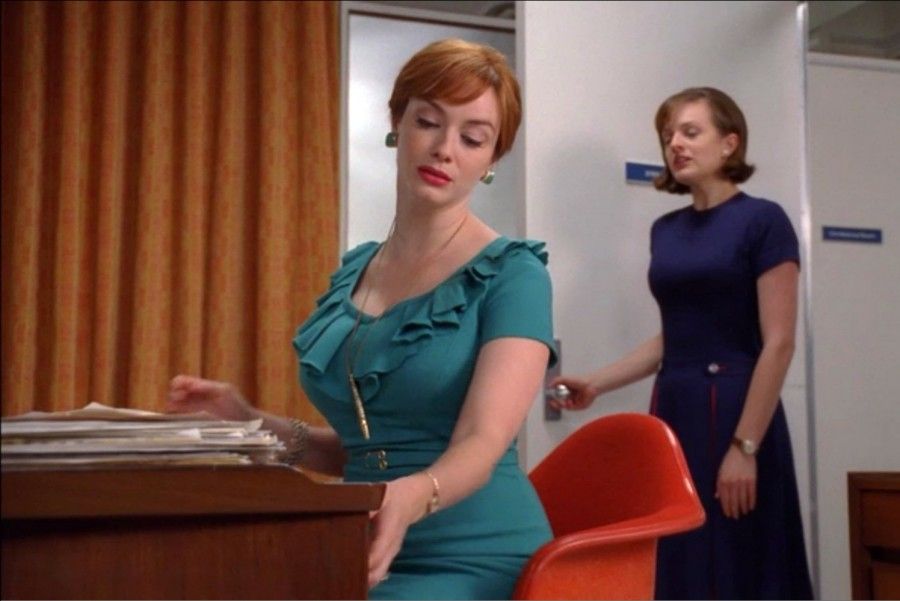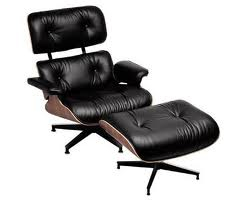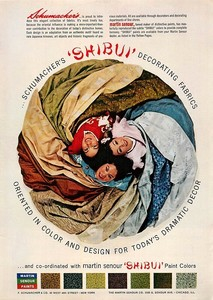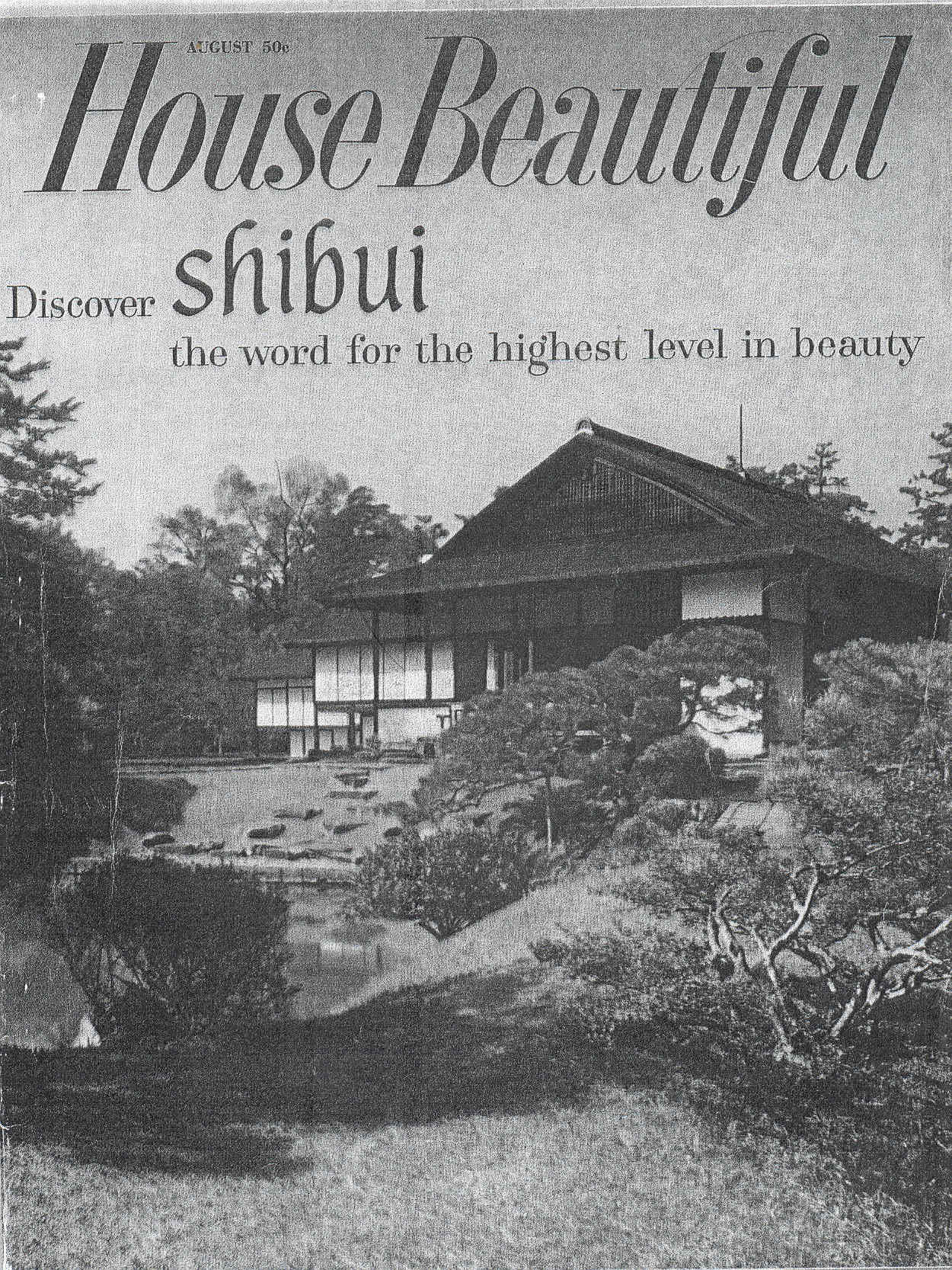On Wabi-Sabi Weekends, I post excerpts from my book, Simply Imperfect: Revisiting the Wabi-Sabi House.
 In the 1960s, the crisp, understated (Shaker-like) Danish furniture made by Hans Wegner, Borge Mogensen, and Arne Jacobsen delighted the design world. Danish modern furniture,, finished only with a sandpaper rubdown or linseed oil and embellished sparingly with natural materials such as leather, cotton and linen, was a breath of fresh air in an environment cluttered with all the new plastics and vinyls.
In the 1960s, the crisp, understated (Shaker-like) Danish furniture made by Hans Wegner, Borge Mogensen, and Arne Jacobsen delighted the design world. Danish modern furniture,, finished only with a sandpaper rubdown or linseed oil and embellished sparingly with natural materials such as leather, cotton and linen, was a breath of fresh air in an environment cluttered with all the new plastics and vinyls.
 At the same time, Charles and Ray Eames combined Shaker simplicity and innovation with modern industry to mass-produce furniture with integrity. (Herman Miller has been reproducing the Eames’s molded plywood and leather “potato chip” lounge chair, described as having “the warm, receptive look of a well-used first baseman’s mitt,” since 1956.) The Knoll furniture company began distributing Pennsylvania craftsman George Nakashima’s polished cherry wood tables and softly geometric chairs. A softer, more human minimalism had been born.
At the same time, Charles and Ray Eames combined Shaker simplicity and innovation with modern industry to mass-produce furniture with integrity. (Herman Miller has been reproducing the Eames’s molded plywood and leather “potato chip” lounge chair, described as having “the warm, receptive look of a well-used first baseman’s mitt,” since 1956.) The Knoll furniture company began distributing Pennsylvania craftsman George Nakashima’s polished cherry wood tables and softly geometric chairs. A softer, more human minimalism had been born.
In 1960, House Beautiful magazine editor Elizabeth Gordon gave a name to the spare, restrained style: shibui. Referred to variously as “the cultivation of the little” or “the cult of the subdued,” shibui is the ancient Japanese art of not too much, of quiet grace through economy of means. The ancient Japanese character for shibui referred to water blockage, a symbol of restraint. Shibui colors are subdued (black, slate, dark brown and moss green), and shibuimono (“shibui things”) have a nonmechanistic, timeless beauty, hinting by their very presence that they’re more than just pretty.
“Discover Shibui: The Word for the Highest Level in Beauty” (August 1960) and “How to Be Shibui with American Things” (September 1960)—two special issues that deciphered this Japanese concept of “severe good taste” and “superb understatement”—sold out immediately. “House Beautiful has never had so deep a response to an issue from so many people,” Gordon wrote at the time.
 Meshing perfectly with the era’s spare, modern style, shibui had its moment in post-World War II United States. Baker developed a furniture line, Shumacher promoted shibui fabrics, and Martin Seymour called its line of muted, tasteful paints shibui. Erwin Lambeth Company built a Shibui House with burlap-covered walls, a fireplace textured with sandpaper, and Danish modern furniture.
Meshing perfectly with the era’s spare, modern style, shibui had its moment in post-World War II United States. Baker developed a furniture line, Shumacher promoted shibui fabrics, and Martin Seymour called its line of muted, tasteful paints shibui. Erwin Lambeth Company built a Shibui House with burlap-covered walls, a fireplace textured with sandpaper, and Danish modern furniture.
“Shibui has no bounds,” said Erwin Lambeth president Kay Lambeth. “It’s the unrestrained, the unobvious, the elegant in any culture—and we’ve borrowed ideas from the whole world.”
Western Shibuimono
To help Americans understand shibui, House Beautiful developed this list of shibui things in 1960.
—18th-century captain’s chests
— Early American cupboards, blanket chests, and trestle tables
—Oaxacan black clay jars
—Shaker furniture
—Danish furniture
—18th-century pewter
—salt-glaze pottery
